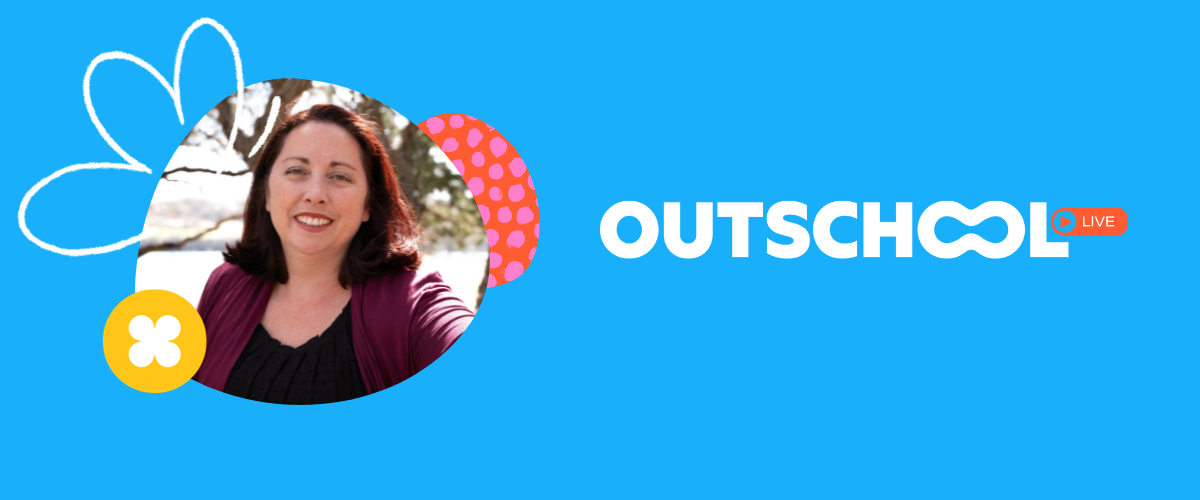When your child has Attention Deficit Hyperactivity Disorder (ADHD), their unique needs, strengths, and learning style can require specialized strategies to support their education. Whether they're learning at home or school, your role as a parent is crucial in providing the understanding, tools, and encouragement they need to succeed.
To help navigate this journey, we've compiled a list of 10 ways to support your child with ADHD in their education.
By implementing these practical tips, you'll be better equipped to facilitate their learning experience, foster their strengths, uncover their potential, and promote their overall well-being.
1. Understand how ADHD can impact education
Understanding how ADHD can impact a child's learning is the first critical step. ADHD can affect a child's ability to concentrate, manage impulses, follow instructions, and maintain organization–important components of most educational environments.
As a parent, it's crucial to familiarize yourself with the nature of ADHD and its potential influence on education. It can also be helpful to work with a private tutor who is experienced in working with kids who have ADHD. They can help answer questions and provide tailored strategies and support.
Keep in mind that every child's ADHD experience is unique; what applies to one may not apply to another. Explore a range of resources to build your understanding: online articles, books, podcasts, webinars, and consultations with professionals specializing in ADHD.
This deeper understanding will guide you in developing effective strategies to support your child's education, ensuring that their unique needs are met.
2. Empower your child by acknowledging their strengths
Children with ADHD are often highly creative, energetic, and capable of out-of-the-box thinking. They might also have the ability to hyperfocus on subjects that genuinely captivate their interest.
By acknowledging and encouraging these strengths, you can empower your child and boost their self-confidence.
Incorporate these talents into their learning process–engage them with educational activities that relate to their interests, and ensure they understand that having ADHD doesn't mean they're deficient or lagging behind their peers.
Instead, let them know it’s just a different way of experiencing the world, one that comes with its own unique strengths and opportunities for creativity and innovation.
3. Adapt your parenting approach
Supporting a child with ADHD often requires a specialized approach to parenting. Traditional parenting methods may not always be effective, and you’ll likely need to adapt as you go.
We love organizations like Tilt Parenting, which recognize that neurodiverse or ‘differently wired’ kids need strategies designed for their needs. Check out their podcast series on ADHD to get inspiration and practical tips for your family.
Clear and direct communication, consistency in rules and expectations, immediate consequences (both positive and negative), and an abundance of positive reinforcement can be particularly beneficial.
Explicitly state your expectations, and provide helpful reminders to keep your child on track. Implementing a proactive, empathetic, and understanding approach can foster a nurturing and supportive environment, which will naturally flow into your child's academic success and emotional well-being.
4. Foster strong communication with teachers and school staff
Maintaining an open line of communication with your child's teachers and other school staff is vital when it comes to supporting your child's educational journey. Regular discussions will give you insights into your child's behavior, academic progress, social interactions, and the effectiveness of the strategies currently in place.
On the other side, sharing your own observations and insights about your child's behavior and progress at home can help school staff tailor their support strategies.
A two-way flow of information will lead to collaborative problem-solving between you and your child’s teachers, resulting in clear learning strategies and creating a more consistent approach between home and school.
5. Navigating school systems: IEPs, 504 plans, and accommodations
If your child is attending a traditional school, it's essential to familiarize yourself with the educational laws and provisions in place for students with ADHD. Systems like Individualised Education Programs (IEPs) or 504 plans can offer services and accommodations to help your child succeed academically. These can include extended time for tests, frequent breaks, or changes in classroom seating.
Consistent communication with the school about the implementation of these plans can ensure that they are adequately tailored to your child's specific needs, providing them with the best possible support.
Always advocate for your child's needs, and don't hesitate to reach out to school staff for assistance if you're unsure about the process.
6. Homeschooling tip: structuring the learning environment
For parents choosing to homeschool their children with ADHD, creating an ADHD-friendly learning environment is key. A designated, distraction-free space for learning can go a long way in helping your child focus on their tasks.
Keep in mind, too, that some children with ADHD may be kinesthetic learners. So they can benefit greatly from the freedom to move while they learn. Incorporate flexible seating options like standing desks or exercise balls, or ditch the desk model entirely.
The key here is to experiment, observe, and tweak based on what suits your child the best.
7. Homeschooling tip: adapting teaching strategies
Homeschooling provides an opportunity to customize teaching strategies to fit your child's unique learning style.
This might involve multisensory techniques that engage multiple senses, using their areas of interest to make lessons more engaging, incorporating visual aids for better understanding, or breaking down tasks into manageable chunks to prevent them from feeling overwhelmed.
Encouraging frequent short breaks can also be beneficial, allowing your child to recharge and refocus. Remember, flexibility is paramount–be open to adjusting your strategies based on your child's responses and needs.
8. Use tools and apps designed for children with ADHD
The world of technology offers an array of digital tools and apps specifically designed to assist children with ADHD. These tools can provide support in a variety of areas, from task and time management to mastering core academic skills.
For example, Trello can help with organizing tasks and deadlines, Headspace can guide them through mindfulness exercises, and learning platforms like Outschool provide a variety of courses specially designed for neurodiverse learners. They can even join a virtual social club designed for kids with ADHD.
Lean on quality technology to help you create a personalized and inclusive learning experience.
9. Support your child's physical health
It's well established that physical health is closely linked with mental well-being and learning capacity. Regular physical activity, a balanced diet, adequate sleep, and mindfulness exercises can significantly contribute to improving focus, managing impulses, and enhancing overall well-being.
Also, bear in mind that some children with ADHD might have sensory sensitivities. Things like food textures, clothing fabrics, and physical activities can make a significant difference in their comfort and readiness to learn.
10. Implement structure and routine
A structured routine can provide a sense of predictability and security, which is often beneficial for children with ADHD. Consistent daily routines, with designated times for learning, relaxation, meals, and physical activity, can provide stability and improve focus.
Visual schedules or checklists can further aid your child in understanding what's expected of them, what's coming next, and in managing their time effectively. A routine doesn't mean there's no room for spontaneity or fun–it simply provides a framework within which your child can explore, learn, and grow.
Supporting a child with ADHD in their education may feel challenging at times, but remember–you're not alone in this journey. There's a vast community of parents, educators, and professionals who've faced similar challenges and who can offer support, advice, and shared experiences.
Above all, remember to celebrate your child's achievements, no matter how small they may seem. Every step forward is a testament to their resilience and your unwavering support.
Adapting to your child's needs and cultivating a positive, supportive learning environment might involve some trial and error, but that's okay. It's all part of the learning process for both of you.
With patience, understanding, and the right strategies, you can help your child not just navigate their educational journey with ADHD, but truly thrive.
You might also like these ADHD resources for kids


.svg)
.svg)







